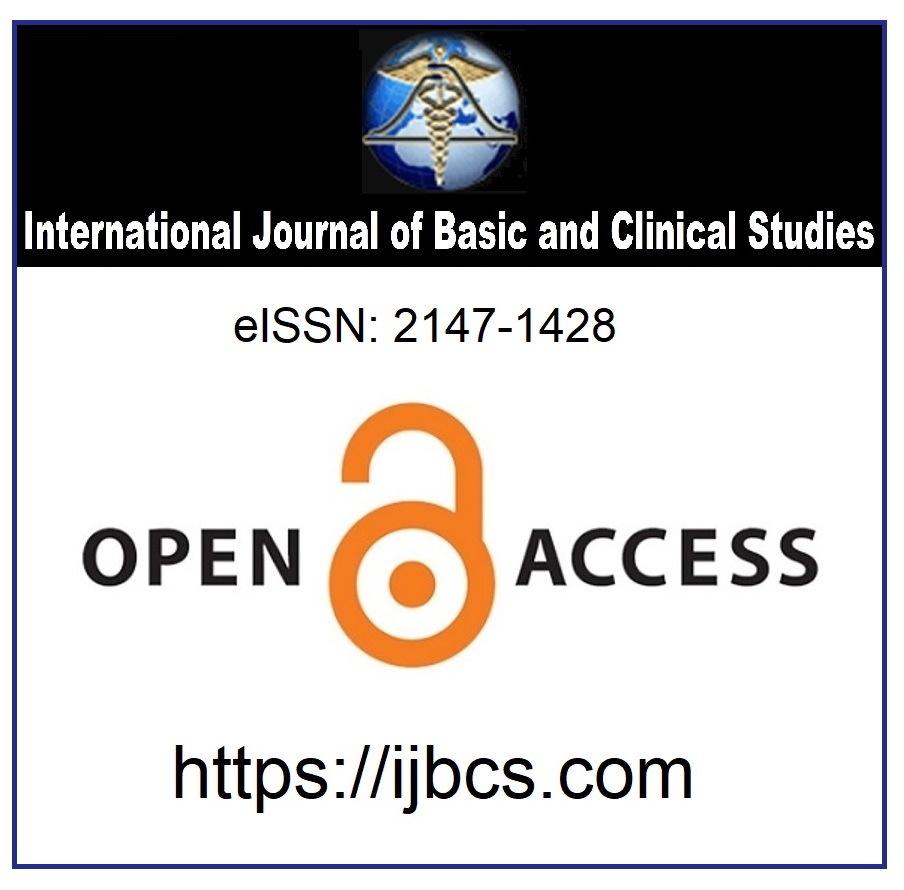The Predictor Value of Neutrophil Lymphocyte Ratio on 30-day Mortality after Transcatheter Aortic Valve Implantation
Keywords:
Aortic stenosis, Transcatheter aortic valve implantation, Neutrophil lymphocyte ratio, MortalityAbstract
Aim: Neutrophil lymphocyte ratio (NLR) has been found to be an independent predictor of prognosis in coronary artery disease and valvular diseases. Current knowledge about the relation of NLR with prognosis after transcatheter aortic valve implantation (TAVI) is not sufficient. The aim of this study is to investigate if neutrophil lymphocyte ratio (NLR) is an independent predictor of 30-day mortality after TAVI.
Material and methods: A total of 196 patients who underwent TAVI between October 2010 and December 2016 were screened and 184 patients were included in the study. The cut off value for NLR was determined by ROC analysis. The cut off value for postoperative 3rd day NLR (NLR Postop 3) was defined as 7.93. The study population was divided into two groups: those who have higher and lower than this cut off value as “high NLR” and “low NLR” respectively. Baseline, peroperative, and postoperative clinical features, echocardiographic and laboratory findings of high and low NLR groups were analyzed by univariate and multivariate analyses.
Results: One hundred thirteen (61.4%) of the patients were female and mean age was 79.41 ± 7.88. Sixteen patients died within 30 days follow up after the TAVI. Three patients died within 24-72 hours. Mortality was found to be significantly higher in the high NLR group [12 (22.2%) versus 1 (0.8%), p <0.001]. In Kaplan-Meier survival analysis, 30-day survival was lower in the high NLR group (Log-rank, p <0.001). In multivariate Cox regression analyses, NLR Postop 3 [Hazard Ratio (HR): 1.168, 95% Confidence Interval (CI): 1.09- 1.251 p<0.001], acute kidney injury (AKI) [HR: 6.58, 95% CI: 1.360-31.875 p = 0.019] and preoperative peak gradient [HR: 1.045, 95% CI: 1.008-1.084 p = 0,018] were found to be independent predictors of 30-day mortality after TAVI.
Conclusion: In this study, NLR Postop 3 was found to be an independent predictor of 30-day mortality after TAVI.
Downloads
Published
How to Cite
Issue
Section
License
Copyright (c) 2018 by the Authors

This work is licensed under a Creative Commons Attribution 4.0 International License.



